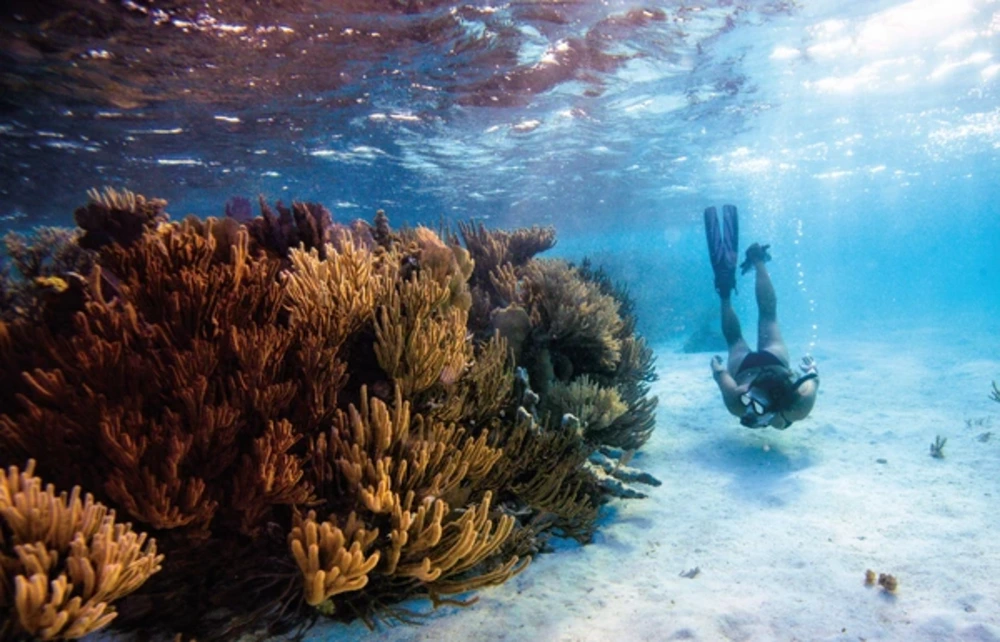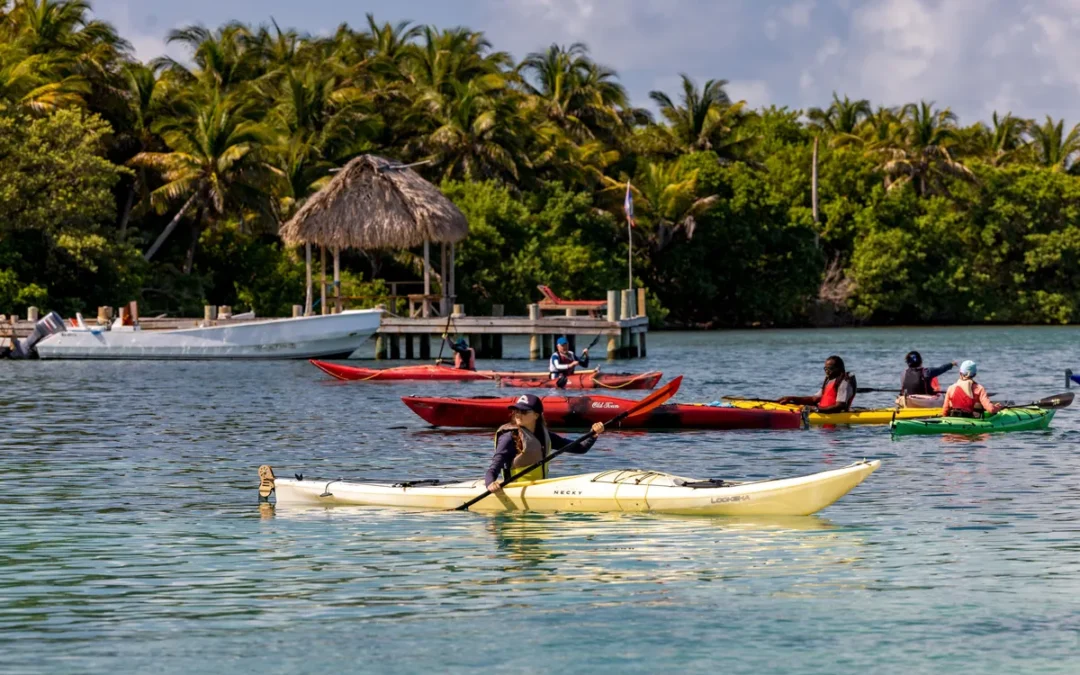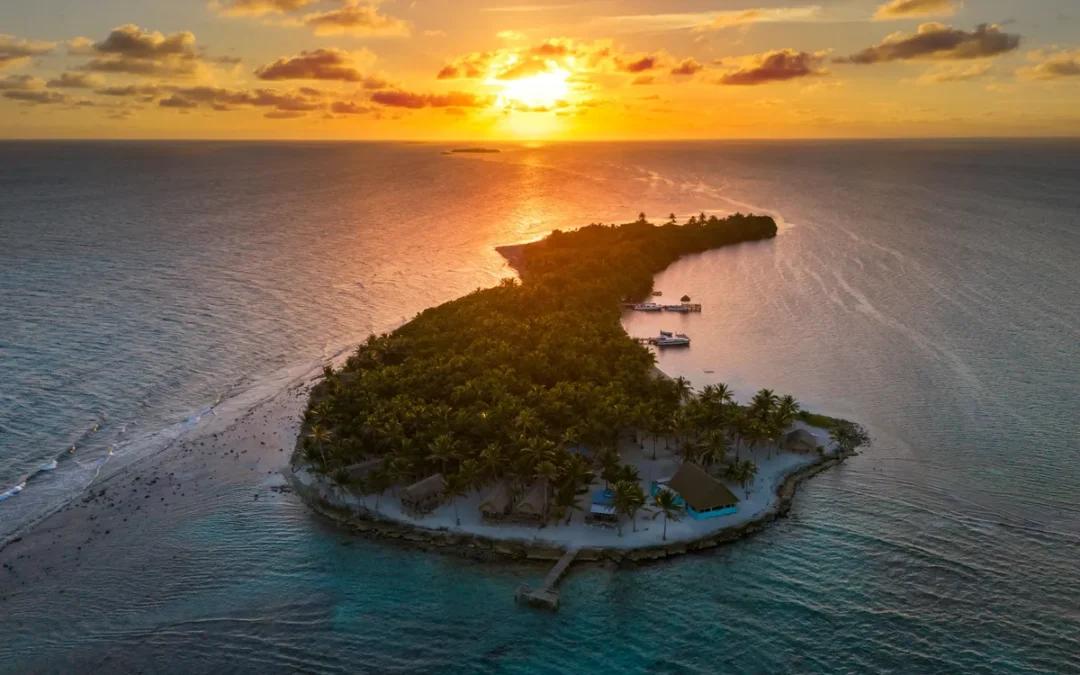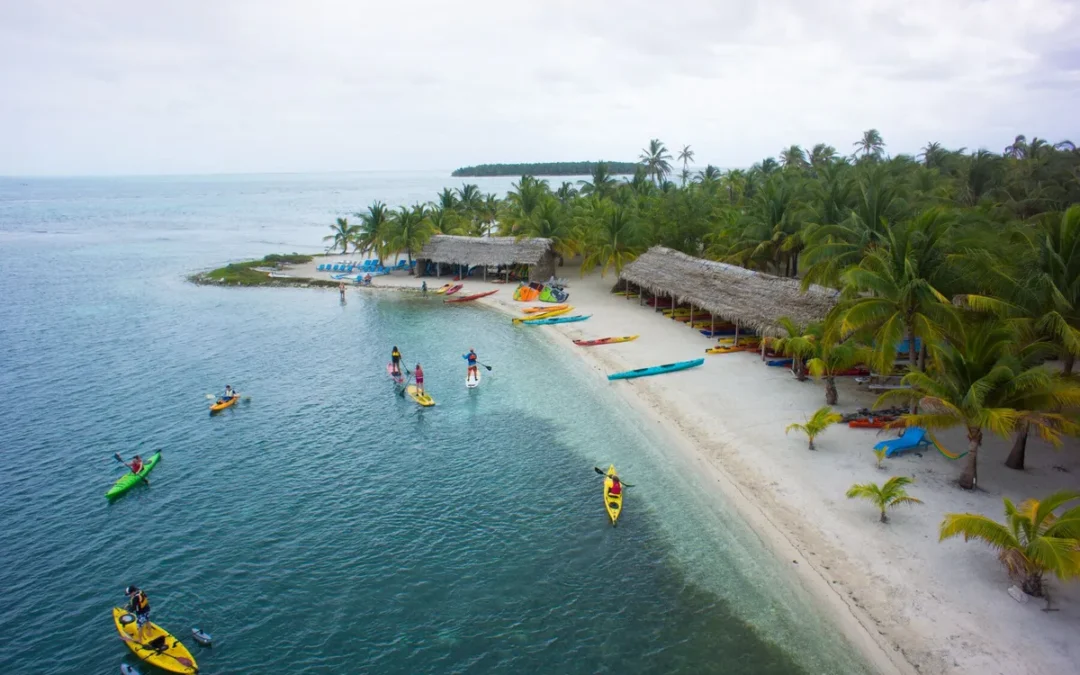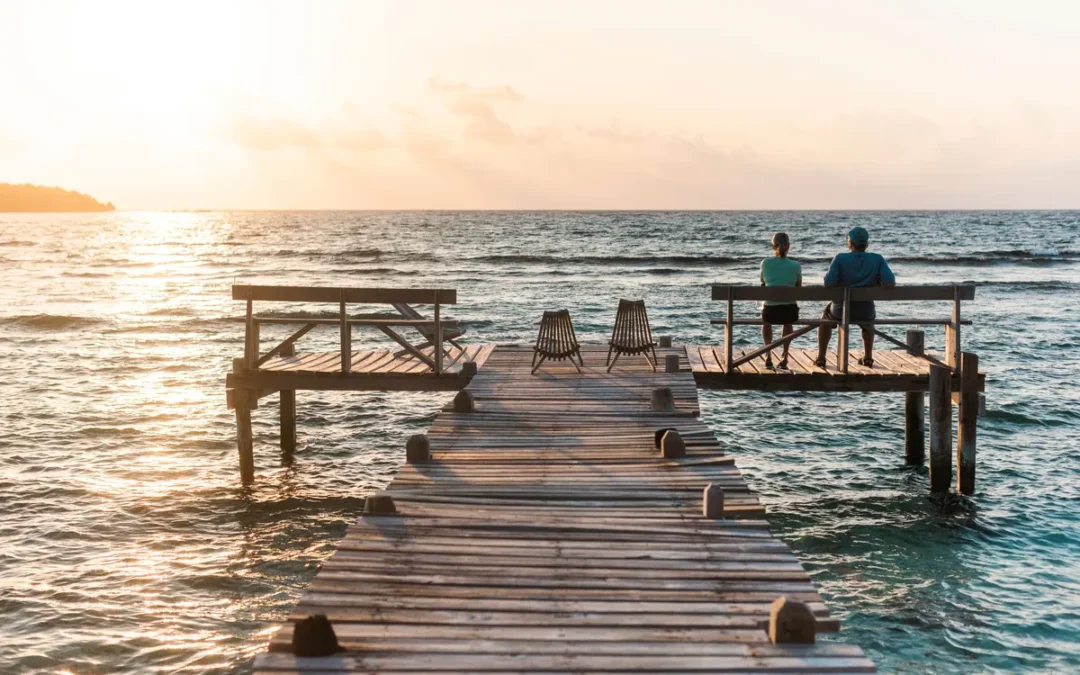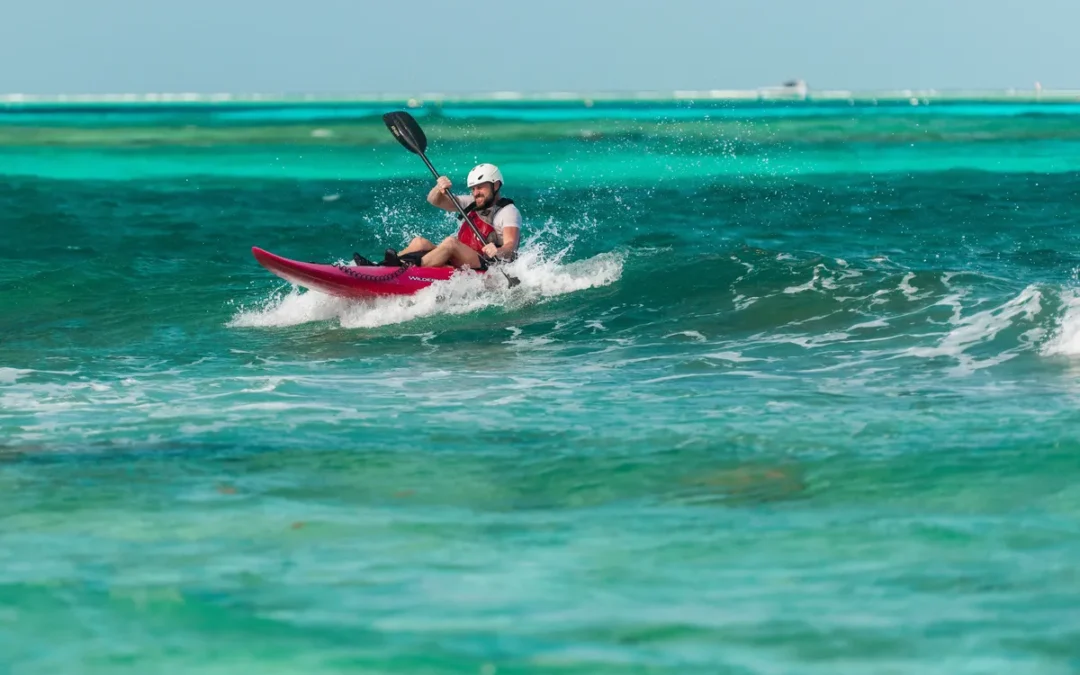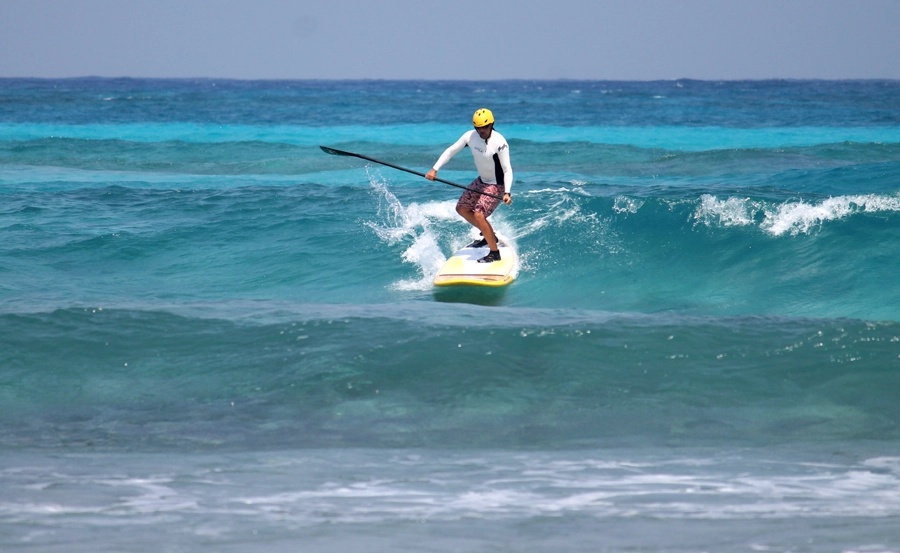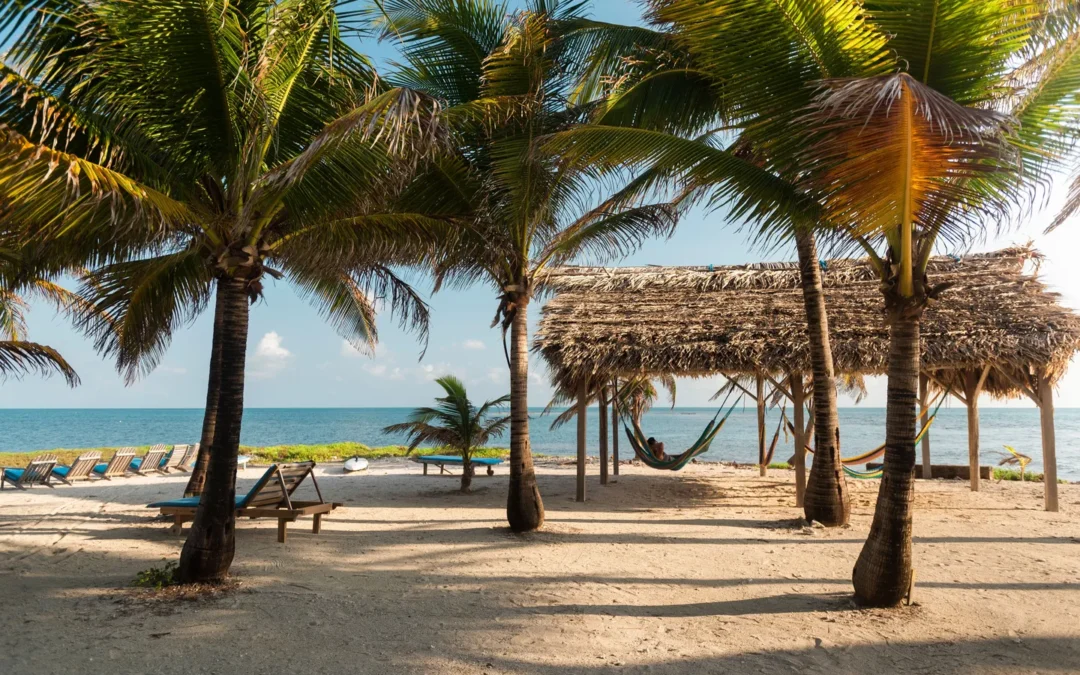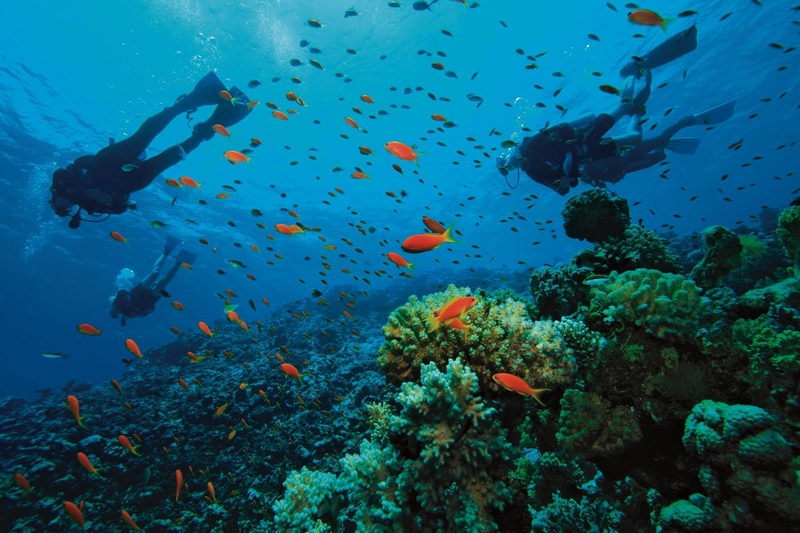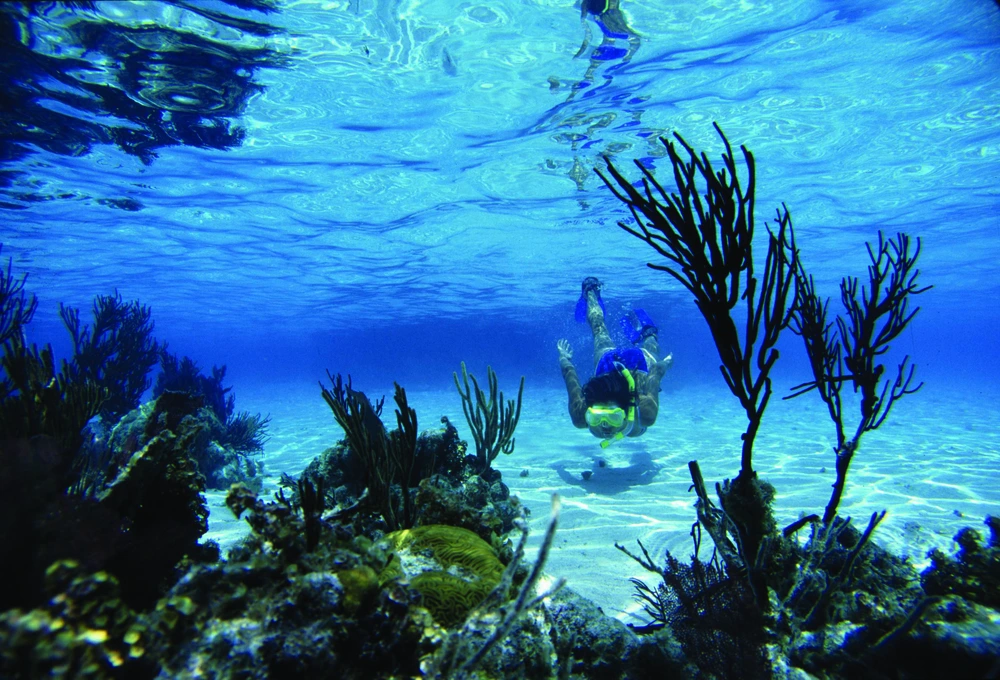For an unforgettable snorkeling experience at Glover’s Reef Atoll in Belize, having the right gear is crucial.
Our recommended essentials include a mask, fins, snorkel, flashlight, dive skin or wetsuit, booties, and an optional dive light. Please note that we do not provide gear rentals or loan equipment, and your gear choice directly impacts your enjoyment during the trip.
To make the most of your underwater exploration, it’s important to select high-quality snorkeling fins, masks, snorkels, and other equipment. Beware of low-quality gear that can lead to discomforts, such as saltwater in your eyes and throat or leg cramps. Test your gear before your Belize trip, and consider purchasing masks at a dive shop next to Slickrock Belize Adventures on Long Caye for the best fit.
This guide will educate you about the features to look for and what to avoid when selecting your snorkeling gear. Investing attention to these details now will greatly enhance your experience in Belize. For more information on Belize diving and our adventure packages, visit our website.
Fins
There are three kinds of fins: (1) fins with a built-in shoe, (2) “travel” fins, and (3) fins with a strap on the back that fit over your booties. The 3rd system is preferable, although more expensive than the first kind (don’t even consider getting the 2nd kind.) If you have the first kind, you might need regular socks also to discourage blisters. You will need booties to walk out to snorkel spots, even with the built-in shoe kind. You leave the booties on shore and continue walking backward in the fins to get to where you can begin swimming.
If you choose the recommended type, buy your booties first, and then make sure the toe cup of the fin fits over your booties. Don’t get booties with large soles because they won’t fit. See “Booties” below. The most crucial aspect of any fin is how flexible it is. To test the flexibility of any fin, grasp the foot and aggressively wave it up and down to simulate an underwater kick. A good fin should bend easily.
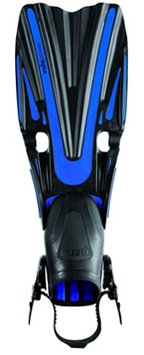
Recommended
Opting for snorkel fins with a strap on the back is recommended, as these fins have holes in the body that serve as hinges, providing exceptional flexibility and ease of kicking.
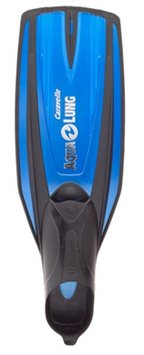
NOT Recommended
The snorkel fins with a built-in shoe, although not recommended, can still be used if paired with booties for walking to snorkel spots, and it’s important to note that these fins are solid with no weak spots, but their stiffness can make swimming challenging.
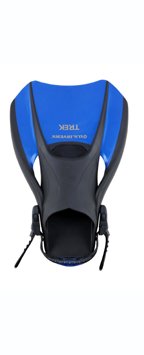
NOT Recommended
The snorkel fins with a built-in shoe, although not recommended, can still be used if paired with booties for walking to snorkel spots, and it’s important to note that these fins are solid with no weak spots, but their stiffness can make swimming challenging.
Qualities Of A Good Fin, A Visual Guide
The fin at left in the photos above are the kind you do not want. It’s a completely solid fin that doesn’t bend. All the bending has to happen at your ankle, so moving through the water with those fins is challenging. The middle photo is a split fin which is a compromise if you can’t afford the best fins. See how water can move through the split? So all the bending doesn’t have to be your body; the fin bends with water pressure.
The photo to the right is the best kind, the Mares Volo Fin. Look at how much that fin is bending! It’s almost a 90-degree bend meaning a small kick, and it bends like crazy to move the water. It is much, much easier to get around in those fins. Here is a link to the best price we can find on our favorite fin. Most of the cheap snorkel fins are terrible and make snorkeling very difficult because they are too stiff. However, here is a pair that is inexpensive but should work fine.
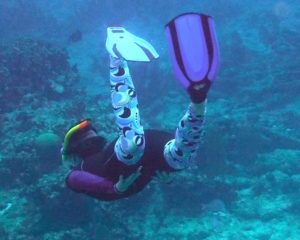
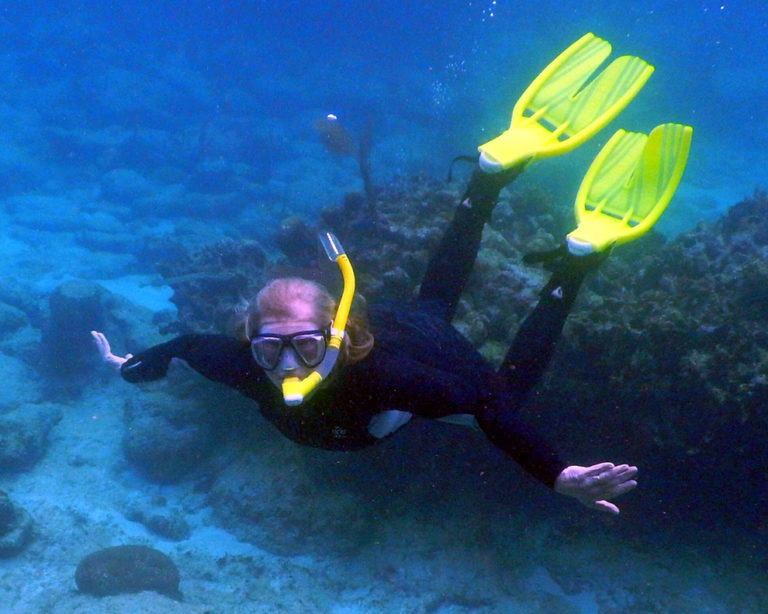

Snorkel, Mask, & Strap
If you buy a cheap snorkel with no upper or purge valve, you will enjoy snorkeling less than you would have if you had purchased a good snorkel. You will spend the entire snorkel session dealing with salt water in your mouth and throat, which can be extremely uncomfortable, and might make you sick. Every snorkel is different, but you can spot the upper valve (often called a “dry” valve) because it directs splashing water that lands in your snorkel tube away from the main tube that feeds into your mouth.
The lower purge valve can also be spotted easily because the water in the main tube has somewhere else to go (out the bottom) besides into your mouth. Another essential feature of a good snorkel is a soft mouthpiece, allowing it to rest in your mouth without you having to grip stiff rubber to keep it in place. A stiff mouthpiece quickly leads to jaw fatigue and headaches. Here is a link to the best price we can find on our favorite snorkel. Most cheap snorkels make snorkeling difficult. However, here is one that is less expensive than our favorite but should work fine.

NOT Recommended
A snorkel with no upper valve and no purge valve is not recommended. Not the stiffness of the mouthpiece that is not made of a softer rubber.
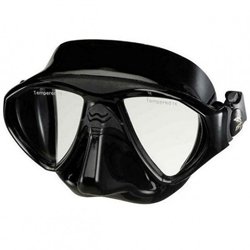
Recommended
We hesitate to recommend any particular mask because you need to try masks on to get a good fit. Any dive store can help you find a mask that fits without leaking. A good fit is imperative because you won’t feel like snorkeling if your mask leaks. Whether or not you can buy your mask at a dive shop, you should test it first in a pool to ensure it does not leak.
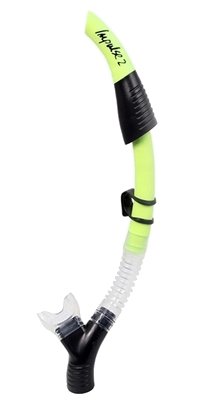
Recommended
A snorkel with an excellent upper valve and lower purge valve is recommended. Note the flexible mouthpiece is made of a softer rubber than the body of the snorkel.
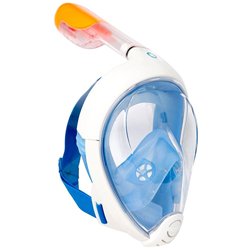
NOT Recommended
Be sure you don’t fall for the (new product in 2016) full face mask; this is a terrible option! We do not like this mask for many reasons, but one of the primary reasons is you can’t talk to anyone. We constantly answer your questions during a snorkel and point out cool stuff to see. Being able to communicate with others is a big part of the experience.
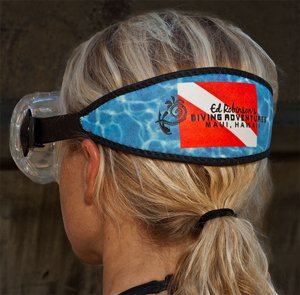
Recommended
A neoprene mask strap (also called a “slap strap”) is recommended. The strap included with masks always gets caught in your hair easily, which is painful and not good for your hair. These special straps are much, much more comfortable.
Booties
Suitable footwear is essential; foot injuries are common and are usually attributable to improper footwear. You will wear these every day! You need a sturdy bootie with a good sole and good traction that covers your entire foot and lower ankle (cover your ankle for protection, not support). The new watershoe hybrids are not as good as neoprene booties with a good sole because they are more like sandals and don’t cover your entire foot. Don’t bring anything with “sock” in the name of the bootie; that means it does not have a sole and will become damaged the first time you wear them. Here is a great deal on a good bootie. They come in most sizes and only cost $23 a pair. Here is another good pair for only $21.
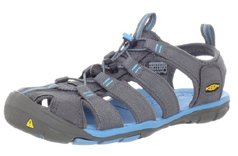
NOT Recommended
This shoe does not cover your entire foot, leaving you vulnerable to sea urchin, stingray spine stings, and broken shell cuts. They will not fit into the toe cup of your fins.
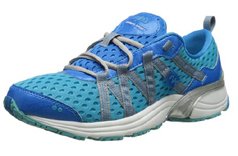
NOT Recommended
This shoe is too stiff; the sole is too thick. You won’t be able to feel your sea kayak peddles, and they will feel clumsy on a surf or paddleboard. They will not fit into the toe cup of your fins.

Recommended
These are the kind of shoes that you want. They have complete foot protection, thick soles, high traction, and are very flexible, and they will fit into the toe cup of your fins.
Dive Skins & Wetsuits
Many of our guests wonder why they need a wetsuit or dive skin (also called hydroskin, swim tights, or rashguard) when the water is 80 degrees. There are three reasons that we tell you to bring a skin or suit to wear when snorkeling, diving, surfing, kayaking, and paddleboarding while on our Belize island. First, the water is warm but not 98.6, so you can dive or snorkel much longer with a skin or wetsuit.
We often snorkel for one and a half hours at a stretch; with only a bathing suit, you will get cold after about 30 minutes. Second, it is impossible to predict when stinging marine creatures will be present, and a tight-fitting wetsuit or skin protects you from them. Finally, a full-body skin or suit completely reduces the threat of sunburn and cuts way down on sunscreen in the water, which is so harmful to coral.
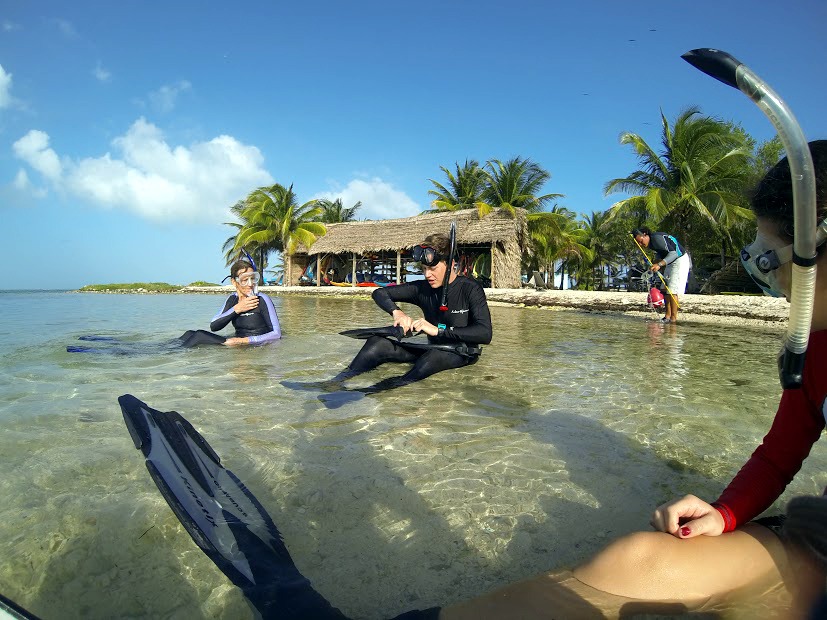

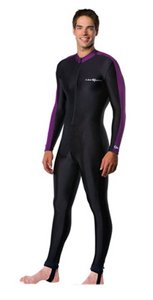
When deciding whether to get a skin or a wetsuit, consider if you get cold easily (a wet suit is thicker and warmer) and where else you might need it later: the Bahamas or off the coast of Oregon? Snorkelers cannot rent from the dive shop. You will regret it if you do not bring a wet suit or skin.
We first learned about this incredible deal from a guest and have been recommending it to our guests for well over ten years. The price has varied between $26 and $32 for that time. We have purchased these for personal use and guides, and they last for many years before they develop holes.
This full body, front zip, lycra skin is relatively thin. If you visit our island in the early season (November–February), it might not be enough warmth if you get cold easily. Those visiting the island in March–May can be assured that this skin will provide plenty of warmth for long snorkels. Although the ocean’s temperature remains constant year-round, the air temperature and wind chill play a significant role in how cold you feel on a long snorkel. Here is our recommended dive skin.
If you get cold easily, especially if you join us in November – January, you might want a wetsuit. They are more expensive than the other options, so if you would never use them again, we recommend layering the alternatives rather than buying a costly wetsuit for one trip; you can order this gear at Northwest River Supply. (Men’s and women’s wetsuits.)
Rash Guards
If the Superman suit is not your style or you need a rash guard top, you can order this gear at Northwest River Supply. Here are some examples of their men’s and women’s water clothing, but they have many other options on their site. These rash guards (hydro skins) will be slightly warmer than the dive skin above. The disadvantage of a two-piece suit over the one-piece suit above is that stinging creatures (which are tiny) may get to your skin in between the gap. We do not experience stinging creatures every week or month, but we experience them several times each season.
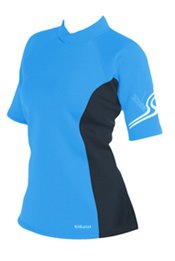
Short Sleeve Rash Guard
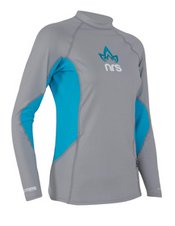
Long Sleeve Rash Guard
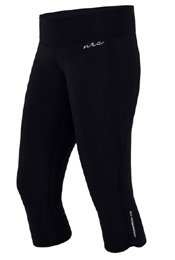
Capri Rash Guard
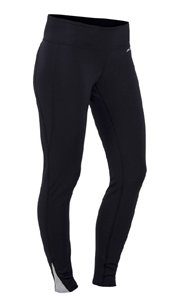
Full-Length Rash Guard Pants
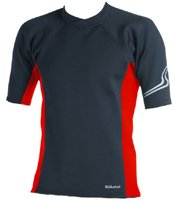
Short Sleeve Rash Guard
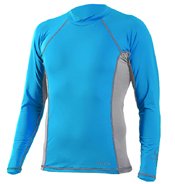
Capri Rash Guard
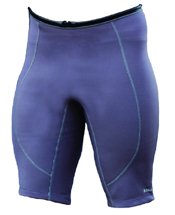
Rash Guard Shorts
Dive Lights
We often go night snorkeling on the island, although we cannot guarantee that conditions permit it each week. However, there is no way to borrow or rent these lights, and each person night snorkeling must have a working light; two people may not share a light. Many great dive lights are available, but we recommend any light by Pelican. The more battery power in the light, the brighter it will be. Bright is good when you are swimming around in the dark! The Pelican 2410 NEMO™ LED Flashlight is a great one that costs between $60 and $80 and requires 4 AA batteries.





